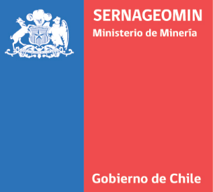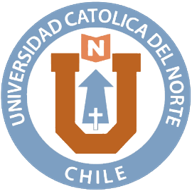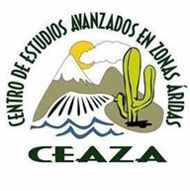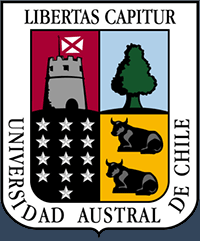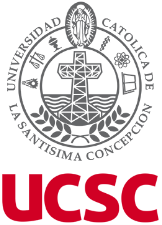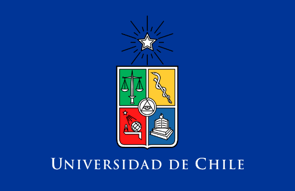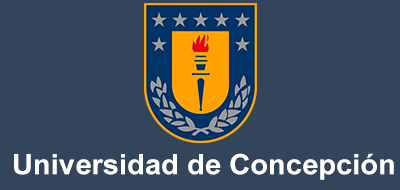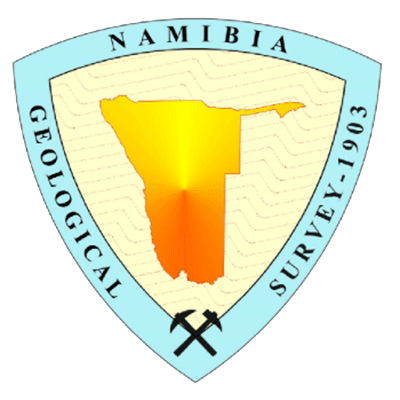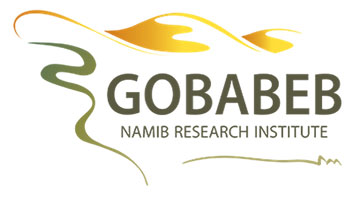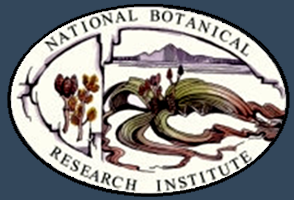The Atacama Desert is not only considered as the most arid region on Earth, but also the most lifeless terrestrial ecosystem. Nevertheless, organisms do exist in diverse hostile habitats within this biome. The spatial and temporal occurrence of essentially all living organisms in the Atacama Desert is strongly dependent on the availability of water, which reaches the desert in the form of sparse rainfall or fog (see cluster A). Fog derived moisture supports the biota along the coast below the inversion zone (Schulz et al. 2011) and on isolated patches inland (Latorre et al. 2011; Pinto et al. 2006), while rainfall events occur along the eastern and southern margins of the Atacama Desert (Houston 2006b).
The corresponding runoff from the Andean foreslope supports riparian biomes (Latorre et al. 2013; Quade et al. 2008). The hyperarid core of the Atacama Desert, receiving less than 2 mm rain per year on average, is assumed to be below the Dry Limit for photosynthetic activity and primary production (Warren-Rhodes et al. 2006).

















